Severe drought displaces over 1.1 mn Somalis: United Nations
Wed 21 Sep 2022, 12:25:52
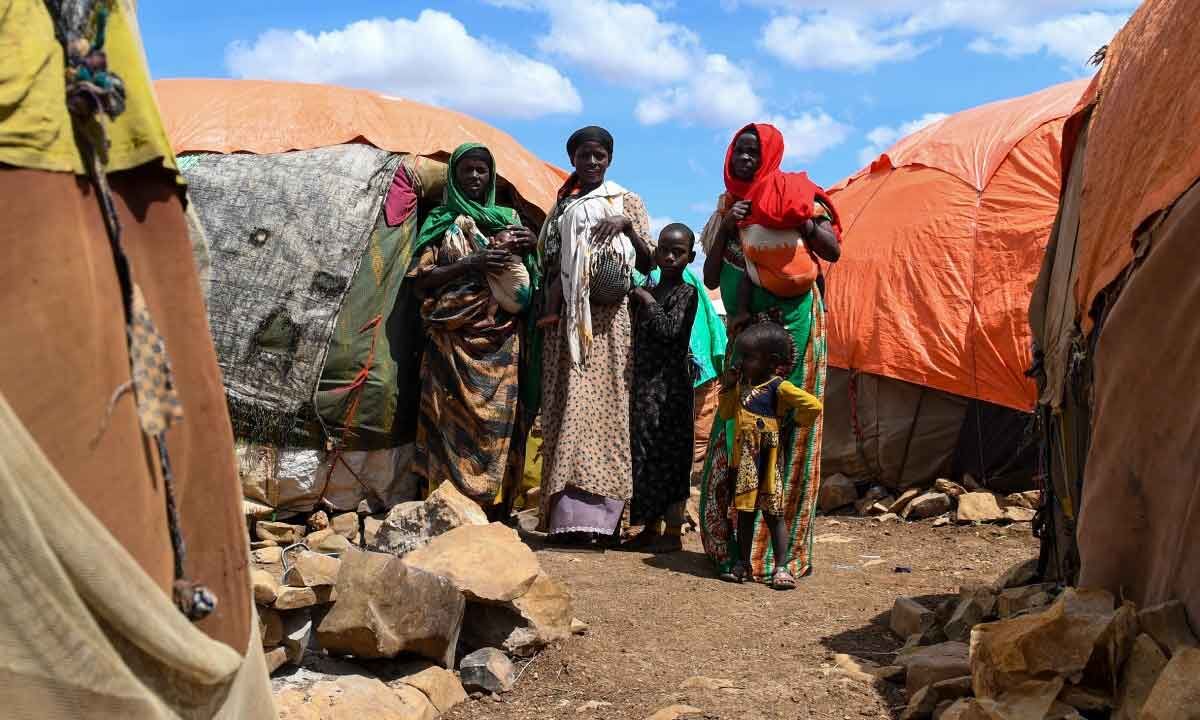
Mogadishu: The number of drought-related displacements has increased to over 1.1 million in Somalia between January 2021 and August 2022, the United Nations humanitarian agency has said.
The UN Office for the Coordination of Humanitarian Affairs (OCHA) said on Tuesday some 98,900 people were displaced by drought in August, an 18 per cent increase compared to the previous month, Xinhua news agency reported.
The UN agency said the new arrivals have been observed in the Bay region (29 per cent) and Banadir region (28 per cent), followed by the Bari region (12 per cent) and Gedo region (10 per cent).
“The significant flow of arrivals in Bay is a continued displacement trend that was initially observed in July 2022, when Bay Region received 40 per cent of new arrivals, compared to only 2 per cent in June 2022,” OCHA said in its drought displacement monitoring report released in Mogadishu, the capital of Somalia.
The latest figures come as humanitarian partners have quickly expanded drought response activities, reaching 5.3 million
affected people with assistance and protection by August, up from 3.4 million in June.
affected people with assistance and protection by August, up from 3.4 million in June.
According to OCHA, the aid agencies have prioritised areas of highest need, bolstering coordination in 38 districts and delivering emergency response packages to those most in need among newly displaced people.
OCHA has warned that needs are expected to increase in the months ahead, including with the forecast for a fifth failed rain, and the crisis expected to extend into 2023.
The UN projects that famine will be a reality in parts of the country during October-December unless life-saving assistance is urgently ramped up to reach the people most in need.
The last famine in Somalia was declared just over ten years ago in 2011 and led to the death of an estimated 250,000 people.
About 7.8 million Somalis have been affected by the worst drought in four decades, with more than 1 million displaced, including nearly 99,000 displaced by drought in August, according to the UN.
No Comments For This Post, Be first to write a Comment.
Most viewed from International
Most viewed from World
AIMIM News
Latest Urdu News
Most Viewed
May 26, 2020
Do you think Canada-India relations will improve under New PM Mark Carney?
Latest Videos View All
Like Us
Home
About Us
Advertise With Us
All Polls
Epaper Archives
Privacy Policy
Contact Us
Download Etemaad App
© 2025 Etemaad Daily News, All Rights Reserved.


.jpg)
.jpg)



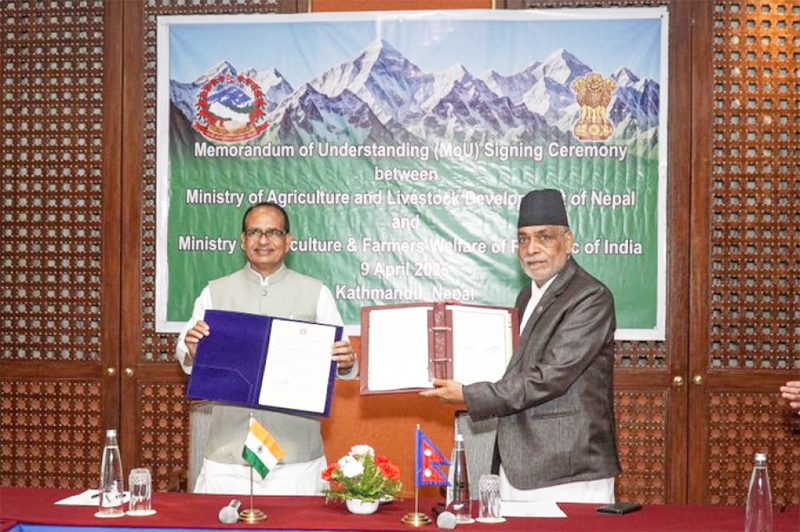
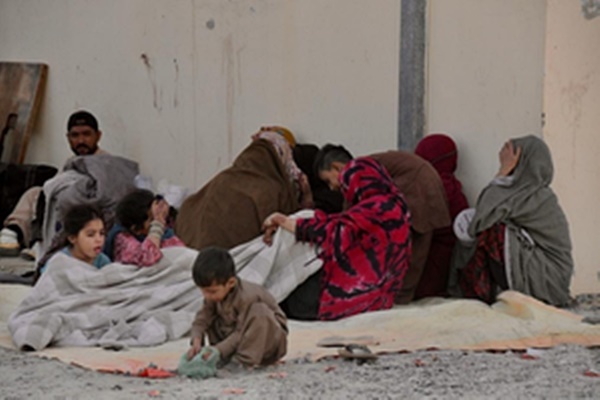



.jpg)

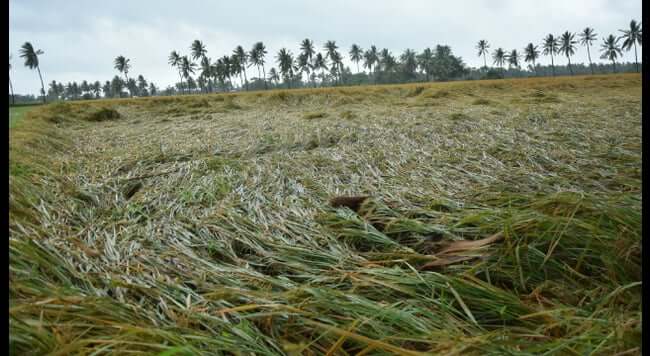


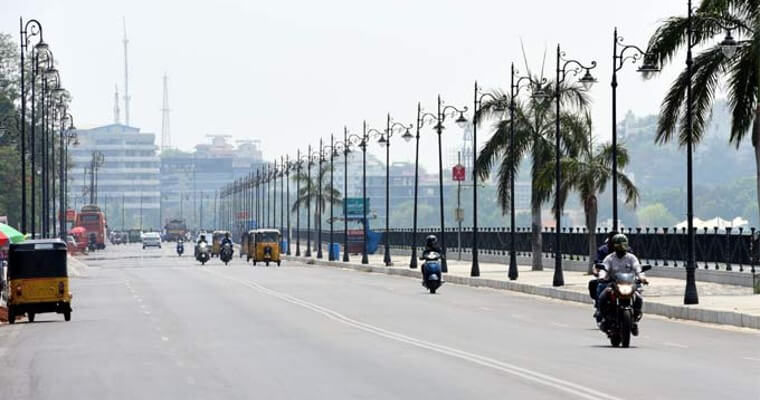
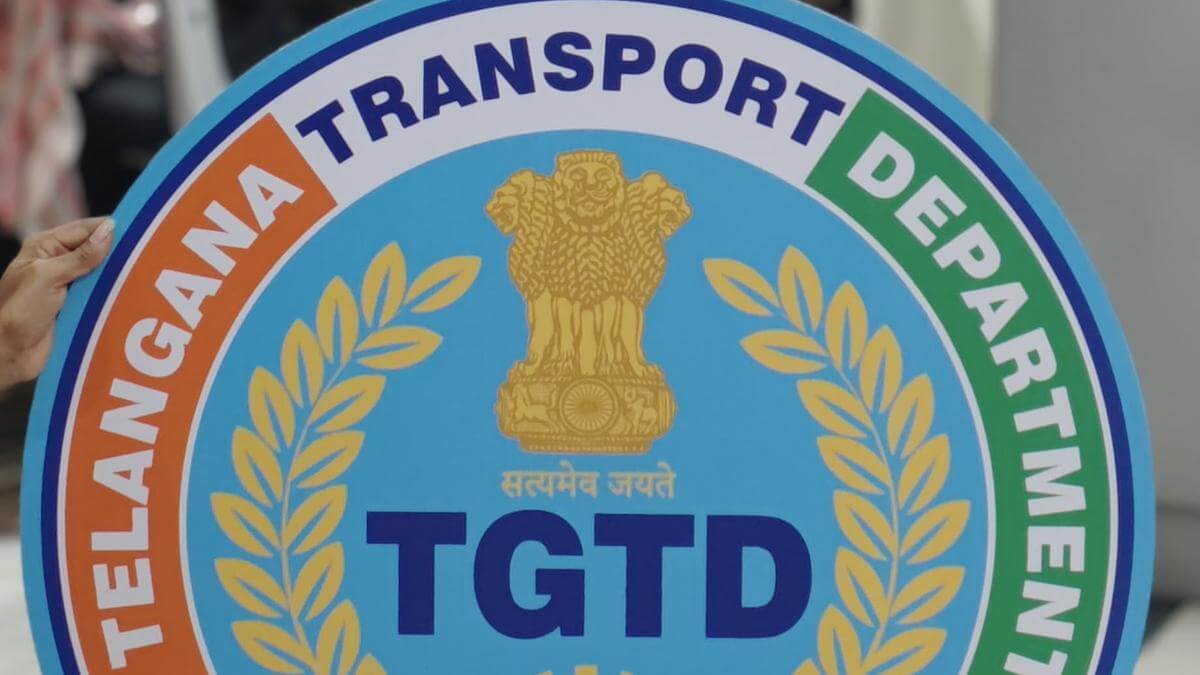
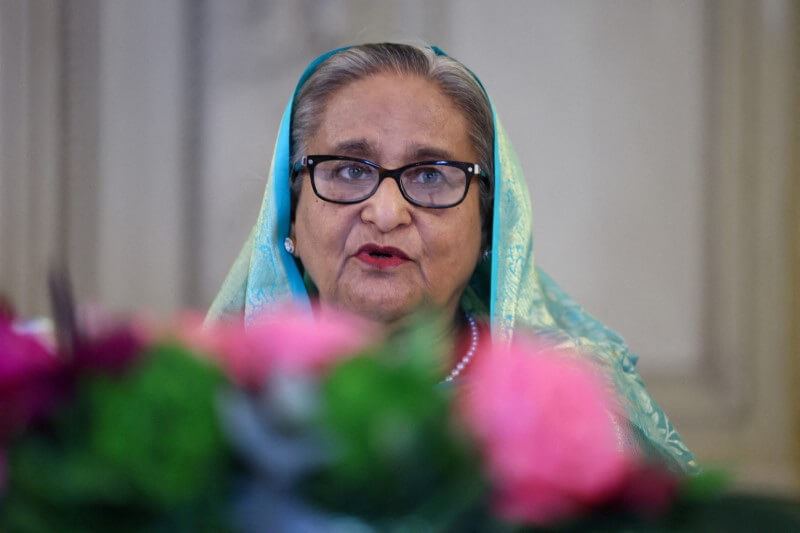
.jpg)
.jpg)
.jpg)
.jpg)
.jpg)

















